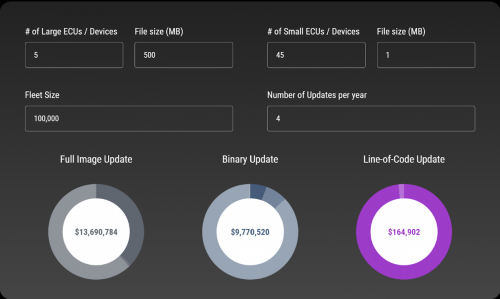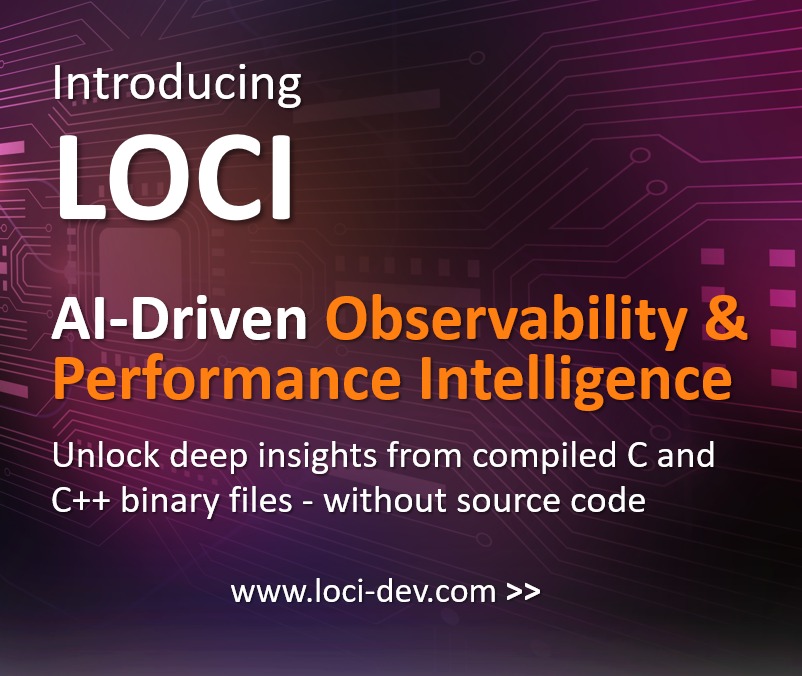In the automotive industry, electronic control units (ECUs) have evolved into complex systems that are heavily reliant on software. While the bill of material (BOM) cost is a crucial consideration for ECU product owners, it is equally important to understand the costs and challenges that arise after the ECU is built. Software integration into the full vehicle system, software certification, multiple over-the-air (OTA) updates, and continuous testing throughout the ECU’s lifetime introduce significant challenges, costs and opportunities for vehicle OEMs and specifically for ECU product owners.
Software Integration and Full Vehicle System:
Once an ECU is built, it must seamlessly integrate into the full vehicle system, harmonizing with other ECUs and components. Achieving interoperability among various ECUs, each with its own software stack and interfaces can be challenging. Different coding standards, software architectures, and communication protocols must be carefully coordinated to ensure smooth integration. However, the challenge does not end here. Every time one part of the system (ECU) is updated, it invariably has a detrimental effect on the rest of the system, and this is a far bigger challenge, one that often leads to delays in product releases.
AI-based tools should be considered to remove the blame game and accurately visualize the software changes made and their effect on the rest of the system. This will enable fast and accurate error resolution for smoother integration.
Software Certification:
Certification is a critical aspect of ECU development and vehicle production, ensuring compliance with industry standards and regulations. However, software changes and updates after the initial build can trigger the need for recertification, requiring clear evidence and documentation of the changes. When making software updates, it is essential to provide evidence that demonstrates the changes made and their impact on regulated functions. This evidence is necessary to meet certification requirements such as WVTA (Whole Vehicle Type Approval), proving that the modifications do not compromise safety or emissions, to name a few.
Current methods for collecting and documenting this evidence requires manual tracking, analysis, and documentation. While this methodology would suffice for physical vehicle updates that traditionally occurred once every two years, new methods and tools are required for software updates that are a continuous feature of vehicle software. AI-based tools can clearly visualize not only the newly added and updated software functions in a new version of ECU software but also the software functionality paths and behaviour. This capability will automatically provide the required evidence of what regulated functions have and have not been affected by the software update.
Reducing OTA Update Costs and Enabling Seamless Updates:
ECUs require regular OTA updates to address software-related issues, security vulnerabilities, performance enhancements and to enable new revenue streams. Minimizing OTA update costs and enabling seamless updates without vehicle downtime is crucial for a superior user experience:
a) Cost Comparison: Let’s consider a hypothetical scenario for a truck manufacturer that produces 100,000 vehicles per year. Traditionally, a full image update involves transferring the entire software image for each ECU to each vehicle, which can be costly in terms of bandwidth consumption, data transfer and flash memory redundancy. Using a cost consideration simulator and assuming a conservative estimate of 50 ECUs per vehicle and four updates per year, the cost for a full image update could amount to $14 million.
However, adopting an AI-based line-of-code update approach can dramatically reduce costs. By leveraging machine learning algorithms to analyze the code changes between versions, only the modified lines of code need to be transferred during an update. Such additive updates can be applied to the next free space on the ECU flash, removing the need for expensive flash memory redundancy (A/B memory). Using this method to perform OTA updates to any and all ECUs in the vehicle could reduce the data transfer, flash memory redundancy and installation costs to less than $165,000. This represents a significant cost reduction compared to a full image update, saving the OEM over $13.5 million annually.
b) Over-the-Air Updates without Vehicle Downtime: Enabling OTA updates without taking the vehicle offline is critical to ensure a seamless user experience and vehicle uptime. Implementing dual-bank memory architectures, where one bank is updated while the other remains operational, allows updates to be performed in the background without interrupting the vehicle’s normal operation, assuming that there are enough CPU/RAM resources to enable execution from one bank in parallel to update/write on the second, which is not always the case. This approach minimizes inconvenience to the user and maximizes vehicle uptime; however, this method is extremely expensive and resource-reliant, as mentioned above.
AI-based additive updates can be written to the next free space in the ECU flash without interfering with the regular use of the ECU software in a method that is called Read-While-Write (RWW). In this manner, only the changed software is written to the flash while the vehicle is in use, and the update is seamlessly applied when the vehicle is next started, minimizing the required time in a safe state. Even if RWW is not possible on the ECU flash writing the tiny update file while the vehicle is in a safe-state will still take a fraction of the time of writing the full software version image file.
Continuous Testing, even on the road:
Ensuring vehicle software reliability and performance requires continuous testing and maintenance throughout the vehicle’s lifecycle. While the vehicle is on the road, it is essential to monitor and collect data to identify potential software issues, hacks, or anomalies. This data can be used to improve future software updates, enhance vehicle performance, and address any emerging deviations in the software behaviour. By using AI-based technology to monitor various software parameters, such as CPU usage, memory allocation, function paths and communication patterns, anomalies can be detected early, and predictions reached for how long remains until the ECU malfunctions. Furthermore, such AI-based systems will reduce error-resolution time by specifically identifying which software functions are misbehaving. This proactive approach to software maintenance minimizes the risk of unexpected failures, optimizes vehicle performance, and enhances customer satisfaction.
Conclusion:
While the bill of material (BOM) cost is an essential consideration for ECU product owners, it is crucial to recognize the significant costs and challenges that occur after the ECU is built. Software integration into the full vehicle system, vehicle software certification, multiple OTA updates and continuous testing throughout the ECU’s lifetime can significantly impact overall costs, time-to-market, and customer satisfaction. These challenges can be mitigated by proactively implementing AI-based software development tools to generate actionable insights throughout the ECU’s software lifecycle.







 5 min read
5 min read